LISTENING
As usual, before I do any bench testing, I connect the amplifier to my reference system, and “take it for a spin.” In this case, I connected the front channels to my reference speaker system, and used the rear channels in bridged configuration to drive a 4 ohm subwoofer. After messing around with the crossover points and getting the gain controls dialed in, I began this listening session with some jazz. “Jazz in the Pawnshop” is a brilliant recording, made live in a jazz club in Stockholm Sweden in 1976. The music is not only superbly played, but the ambience of the club is also evident in each of the tracks. It takes an amplifier with very good sonics to be able to replicate the atmosphere of that performance, and the XXD 4080 did it almost perfectly. The amp has very good musicality, and I noticed a distinct lack of the stridence and hardness I have found in some other, less refined Class D designs.
Shifting musical gears, I played “Ride of the Valkyries” by the Cincinnati Pops Orchestra. This recording was done in a large venue, and the sound is very balanced, with high energy strings brass and cymbals. Listening to the Arc Audio amplifier I could indeed perceive the space and height of the venue, and the brass was smooth and strong, but never biting. So far, I’m liking the sonics of this amp! The next track was “Perfect Love” which is my favorite from Marc Cohn’s self titled CD. Very well recorded acoustic guitar sounded real and natural, and the amp is good enough for me to distinguish Marc’s Taylor guitar from a Takamine.
Wanna rock? So does the XXD 4080! I’m a huge fan of classic rock music, and I have a large collection of fantastic stuff from The Who, Deep Purple, Led Zeppelin, Pink Floyd and many others. Regardless of what I played, the Arc Audio amp was up to the task, only complaining slightly when I really pusheo hard. After several hours of enjoyable listening, I came away quite impressed with the sonic performance of this diminutive amplifier, especially at the reasonable $320 price point.
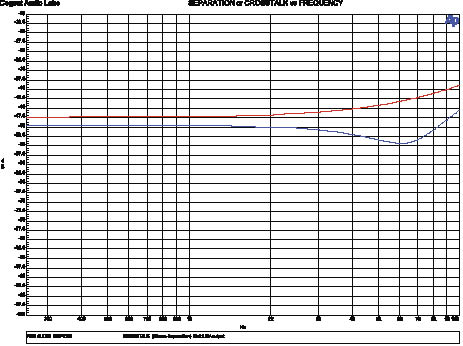 |
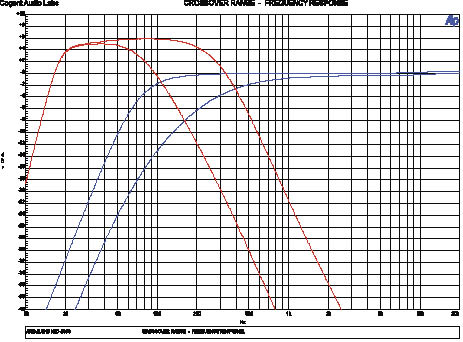 |
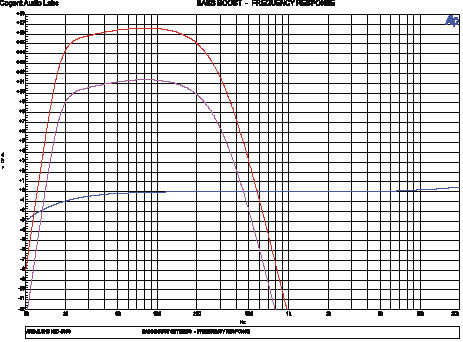 |
 |
PERFORMANCE/BENCH MEASUREMENTS
As usual, the next stop was the test bench, where I connected the amplifier to the various pieces of test gear and load bank. The testing was relatively uneventful and produced results that bespoke to what I had heard previously. Power is within an inaudible 0.4dB of the rated spec, and the S/N ratio, which has been a problem spec for many Class D designs, was very competitive at -77.1dBA at 2 volts.
I did note a couple of unusual features during testing that are worth mentioning here… not because they are good or bad, burebecause they’re different. The first unusual thing I noted was that when I put the amp in low pass mode, there was an automatic increase in output by about 6dB. I understand how this happens internally, but it’s usually compensated for, so the response remains flat. When I asked Brad at Arc Audio about it, he told me it was indeed intentional, because most people usually apply more gain on their subwoofer channels anyway, and this simply did it for them. Of course you can still adjust the gain of the channels with the gain pot if you’re really anal about these things. The second thing I noticed was the “Bass Boost” switch is really simply just additional gain across the entire bandwidth of the low pass crossover, and it only operates when the amp is in low pass mode. Brad also confirmed that thio was as intended, and correctly pointed out that most remote level controls do exactly the same thing. My only concern is the overall amount of gain available when the channels are in low pass mode, you can almost drive this thing into clipping by breathing hard on the inputs!
One cool feature I didn’t know about until I did my measurements is an 18Hz subsonic filter that is automatically engaged when the amp is used in low pass mode. This simplt yet thoughtfulld integrated feature can prevent woofer damage, and reduce unnecessary current draw.
We began this review talking about efficiency, and fractional power efficiency in particular. Here’s where the XXD 4080 really shines. Where a conventional Class AB amplifier has an efficiency of about 10-15% at 10 watts of output, the XXD 4080 is over 63% efficient at 10 watts per channel! What does this mean in real world terms? Look at it like this, if the conventional amp drew 12 amps of current at 10 watts x 4, (very typical) the XXD 4080 only drew about 4.5A! Less load on your cars charging system, less voltage drop over the cables, and less energy lost to heat. It’s a win, win, win!
Conclusion
If this amplifier is representative of what we are going to have to listen to in the future, I’m happy to report that things look bright indeed. With an affordable price, very good sonics, and everyday efficiency gains like this, the days of the classic Class AB amplifier may be numbered. And unlike lossy MP3’s, this technology doesn’t ask us to give up the sound quality and musical experiences our favorite recordings can provide. If we can do this… Hmmm, I wonder if anyone at Arc Audio has given some thought to time travel…
Related Articles
 MECA SQL Modified World Champion: Michael Myers' 2020 Subaru Forester
MECA SQL Modified World Champion: Michael Myers' 2020 Subaru Forester
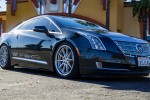 MECA's Zenner and Culbertson Cup Recipient: Brian Mitchell’s 2014 Cadillac ELR
MECA's Zenner and Culbertson Cup Recipient: Brian Mitchell’s 2014 Cadillac ELR
 2020 MECA SQL World Finals: SoundFest - Brian Mitchell, Team ARC Audio
2020 MECA SQL World Finals: SoundFest - Brian Mitchell, Team ARC Audio
 ARC Audio X2 10 Subwoofer
ARC Audio X2 10 Subwoofer
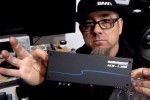 Steve Meade Unboxes, Plays and Dyno Tests the AudioControl ACM Micro Amplifiers
Steve Meade Unboxes, Plays and Dyno Tests the AudioControl ACM Micro Amplifiers
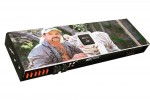 ARC Audio Limited Edition Tiger King X2 Series Amplifiers
ARC Audio Limited Edition Tiger King X2 Series Amplifiers





